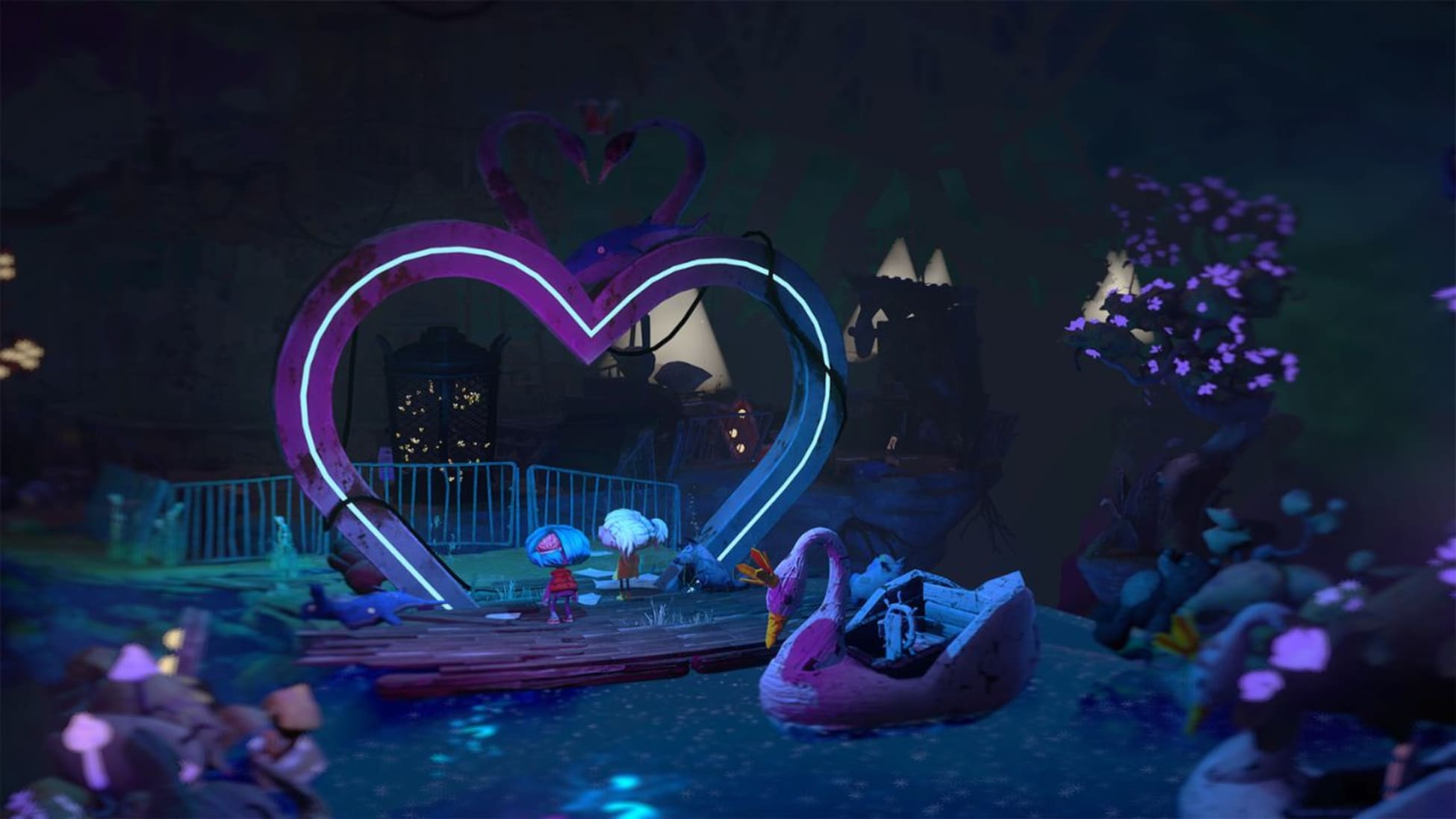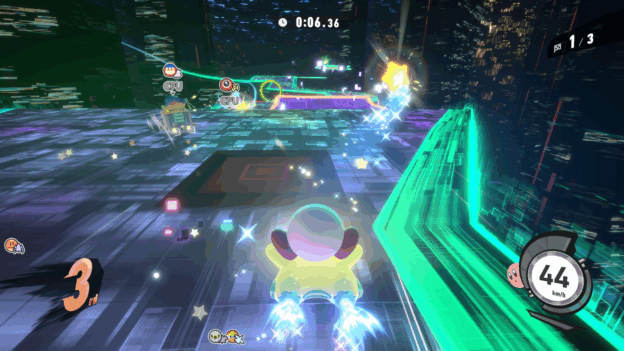Episode 935: Gearing Up to Rotate Masses of Vertices at Incredible Speeds – Radio Free Nintendo

And you thought “blast processing” sounded stupid…
The early response to this episode has largely been fascination with the Konix Multisystem. 99.99% of people who follow gaming media have never heard of this aborted British console, and any modern examination of what it was purported to offer is almost certainly to invoke incredulousness.
It’s justified. Frequent emailer, and part-time game master, GX described this trailer as something out of an episode of The Simpsons.
While Konix’s history as an accessory manufacturer (of dubious quality) is pretty apparent in the trailer – the motion chair was an infamous piece of the system’s marketing – it’s also an interesting window into a very recent past where the world was significantly less connected.
The marketing material for the Multisystem is consistently targeting the home computers that dominated the British market at the time: Commodore Amiga, Atari ST, Sinclair, whatever bad idea Amstrad was up to at that point, etc. Gaming lived in that space, rather than the home consoles that were increasingly cornering the market in Japan and North America. As a result, the prototypes shown resembled home ports of arcade games and the domestically produced software of the day – not the kinds of games that grabbed the industry in the following years: Mario, Sonic, Street Fighter, Dragon Quest.
Konix (and the ill-fated Atari XEGS) also presaged all those players in the home computer space trying to launch their own systems: Amiga CD32, Atari Jaguar, Amstrad GX 4000 – all of which were basically repackaged home computers (except the Jaguar, which was in fact a repacked Konix prototype). To be clear, some of these are American companies (Atari and Commodore)
– but they were dealing with a similar challenge at home in the post-Video Game Crash that Nintendo’s NES had ushered in starting in 1985. The UK had been a refuge: it was both lagging North America and also never had the home console boom period of the 70s to germinate the idea of home consoles for UK consumers.
The influx of a shrinking world’s ideas – and capital – bent the evolutionary arc of computing and gaming in the seemingly isolated UK and more broadly the European markets. Japanese consoles (particularly Sega in Europe) took the gaming world, and Microsoft seized home computing.
Funny enough, there is a term for this: Galapagos Syndrome, and it is mostly commonly associated with Japan. The irony.
No clean transition this week to New Business: Greg and James are both at or near the end of Donkey Kong Bananza (00:02:17), and are able to offer a lot deeper analysis than they could last week. I guess there is a tenuous transition, much of the game reminds James strongly of the works of Ultimate Play The Game (aka Rare) while they were under the partial ownership of Nintendo (and their Japanese capital) but after they stopped making unplayable games like Knight Lore.
James pauses the show for a needed break, and turns New Business over to Guillaume who has still been playing Mario Kart World (00:57:39) and has harsh words for people who suggest Mario Kart 8 4K would have been a better choice. He is, slowly, unwinding the lamia known as Balatro, but he isn’t using that time to return to Final Fantasy VI Pixel Remaster. Instead, he’s bought yet another in the Atari-published playable-museum in Llamasoft: The Jeff Minter Story (01:09:12). Jon is playing a retro title: Gaiares (01:41:59), a shooter from the Sega Genesis. Lastly, he laments the sudden death of the Movies and TV store on Xbox (01:52:11) .




